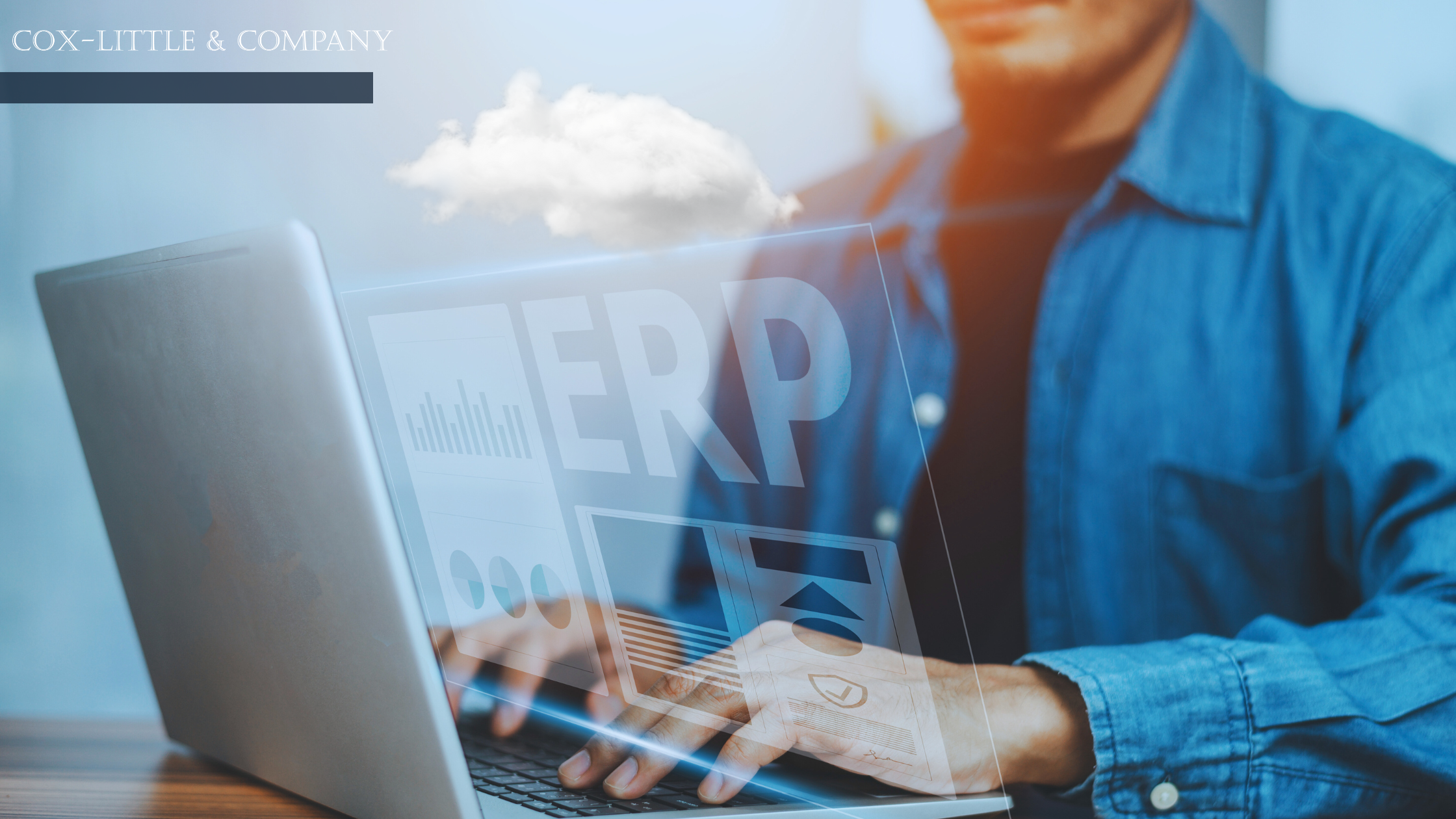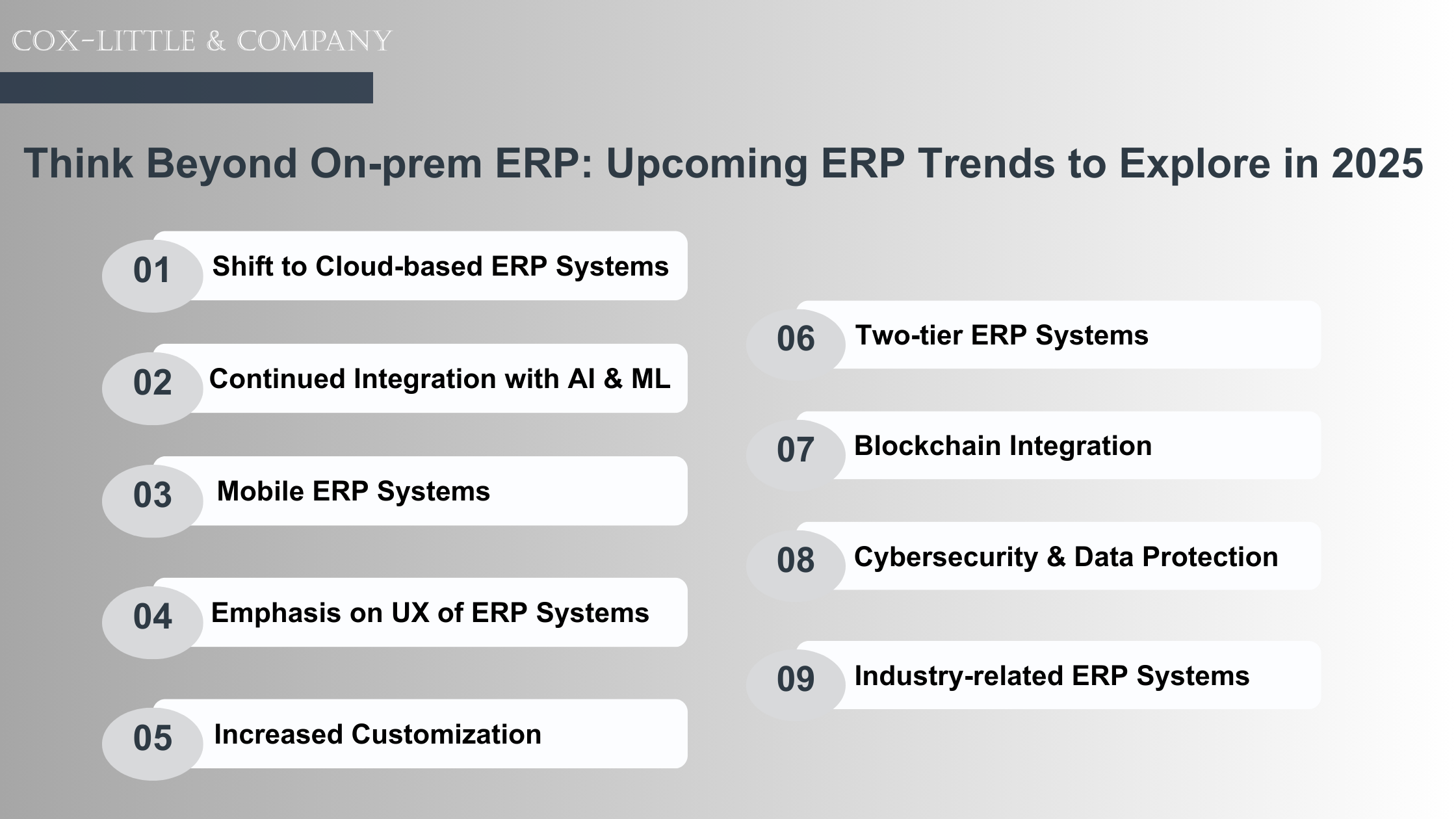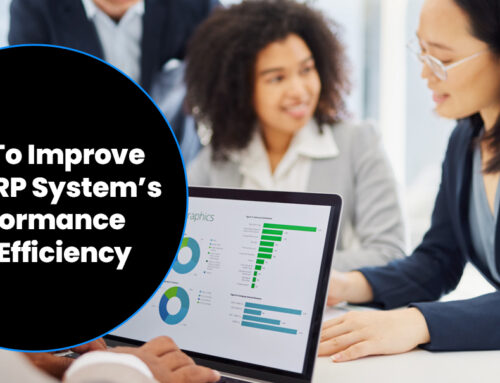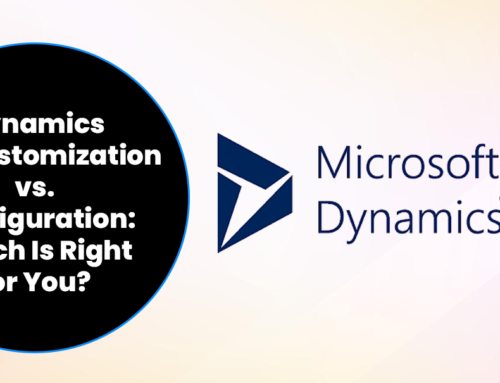
Every technology decision-maker within a large enterprise understands their organization’s critical dependency on enterprise resources planning (ERP) systems. They have a huge say in analyzing the risks and benefits of integrating the latest technologies with ERP and migrating to its recent versions. However, in a time where investing in advanced technology such as AI is the status quo, moving away from legacy ERP systems is the starting to point to stay innovative. This is not the case as 48% of businesses still use legacy, on-prem ERP systems
Without question, on-premises ERP systems have been foundational for large enterprises and traditional businesses. The monolithic ERP has run its course, and it’s time to shift to the next-gen, cloud-based ERP systems for several reasons such as:
- On-prem ERP systems lack the centralization and real-time data processing needed to operate in a cloud-driven era.
- On-prem ERP systems require substantial hardware, servers, maintenance, and infrastructure support investments.
- Enterprises must bear additional expenses for dedicated IT resources to manage aging ERP systems and customizations.
- Most on-prem ERP solutions lack the integration capabilities to collaborate data and IT systems and applications.
Furthermore, most IT leaders would agree that migrating to Cloud-based ERP is the most organic transition since the remote revolution from the 2020 COVID-19 pandemic days. Even from a business continuity perspective, web-based ERP investments pay off by improving scalability, agility, and resilience.
Correspondingly global spending on the cloud is expected to climb $130 billion by 2027, and by 2025, the cloud ERP market is predicted to touch $40.50 billion. This statistical data is more than just good news for the cloud-ERP providers and vendors. These statistics will actively drive digital strategies and achieve industry 4.0 milestones in manufacturing.
We have seen the many challenges surrounding ERP migrations and upgrades throughout conversations with users of SaaS-based and legacy enterprise technologies, including cloud ERP. What we have discovered time and again is that the right strategies and insights from highly experienced ERP professionals often lead to successful outcomes and project completions.
Cox-Little & Company’s ERP staffing partnership can help adequately prepare and circumvent complexities during ERP system transitions without operational and business interruptions.
To stay future-forward, here’s what enterprises must look for in ERP in 2025;

Cloud-based ERP Software and More ERP Trends to Explore
- Cloud Adoption Fades Out On-prem ERP: The cloud advantages resolve myths associated with cost, integrations, security, IT expertise, and upgrades as they are more convenient in these aspects compared to on-prem ERP systems. The scalability and agility factors of cloud-native ERP solutions allow for seamless implementation, updates, customizations, and integrations with digital platforms and advanced technologies like GenAI, AI, and others. Certain research data predicts that by 2030, the majority of ERP systems will be cloud-based with the exception-prem legacy ERP system users.
- Continued AI and ML Integration: AI and machine learning (ML) are fueling new and improved capabilities for ERP systems. AI will continue to augment human efforts in industries that need relief from large-scale, manual, and repetitive errors with automation. Breakthroughs using ML algorithms will make ERP systems more efficient in data-driven predictions and decisions to enhance enterprises’ adaptability to change.
- Mobile ERP Will Become a Necessity: Mobile ERP solutions will become the definitive norm to support operational, productivity, and real-time efficiencies on the go. The ability to access data and mobile applications anywhere, anytime, would help enterprises adopt and support remote work models and collaborations across geographies.
- Spotlight on UX Driven by Generational Shift in Workforce: User experience will become a competitive feature for ERP vendors looking to cater to new entrants within the workforce—digital natives and GenZs. The shift will warrant changes for intuitive and user-friendly interfaces to make ERP platforms and features simpler and more accessible.
- Better Customization for User Adoption: The newer ERP systems will boast advanced customization capabilities to tailor features, dashboards, and key functions to business needs. This new breed of highly customized ERP platforms can meet industry-specific requirements, driving user adoption and ERP investment optimization.
- Trend of Two-tier ERPs: Some enterprises using legacy ERP systems for their corporate ecosystem and cloud-based ERP for divisions, departments, or geographically dispersed branches will stick to the model for good. Two-tier ERP adoption is not every business’s game, but leading ERP vendors are catering to this requirement with plug-ins to integrate legacy with cloud ERP systems.
- Blockchain Integration for Transparency: Integrating ERP systems with blockchain technology enhances security with real-time transparency and monitoring in industries like supply chain, transport, storage, etc. It helps preempt losses and cost wastages associated with fraud, theft, physical damage, inaccurate routing, etc.
- Cybersecurity and Data Protection: More actions to regulate data access and sharing across the ERP ecosystem will dominate the ERP providers’ objectives to keep cybersecurity and data privacy risks at bay.
- Industry-relevant ERP Solutions: ERP solution providers tailor systems to purpose-fit for operations-specific industries like manufacturing, healthcare, retail, finance, etc. Industry-specific ERPs will boast pre-configured capabilities such as analytics, customer insights and feedback, data compliance, and more.
Reasons to Select Cloud-based ERP Software
Although cloud-based ERP systems have existed for decades, the leap to the cloud is a tea-table talk for several on-prem ERP users. The reasons for proceeding with the change remain the same:
- Higher Customization Capability: Cloud-based ERP systems have more customization capabilities than their on-prem counterparts.
- Remote Access: Web-based ERP systems support new working models, such as remote work and team collaboration via the Internet.
- Higher Cost Savings: Cloud ERP solutions reduce costs related to ownership, as they require lean IT resources for maintenance, updates, and configurations.
- Business Continuity: Data in cloud ERP and backup systems help with business continuity, which is necessary for enterprises’ operational resilience.
- Higher Compliance and Security: Cloud ERP vendors adhere to data privacy and security standards, enabling users to comply with the latest compliance and data protection requirements.
- Sustainability: Cloud-based ERP solutions help lower the carbon footprint, impacting enterprises’ sustainability goals and ESG missions.
The new decade of ERP solutions has amply witnessed the benefits of the latest technology collaboration for enhanced reliability and centralization. In particular, the cloud-based ERP systems will reach $130 billion by 2027. For businesses loyal to legacy ERP platforms, it’s time to go with the flow.
Cox-Little’s ERP staffing experts can help your enterprise overcome migration challenges by adopting the right strategies and vendor selection, choosing appropriate subscription models, implementing ERP, planning data migration, testing, training, and much more.
Are you ready to enter the next chapter of the ERP revolution? Contact our team for more information on ERP staffing services and flexible models.





